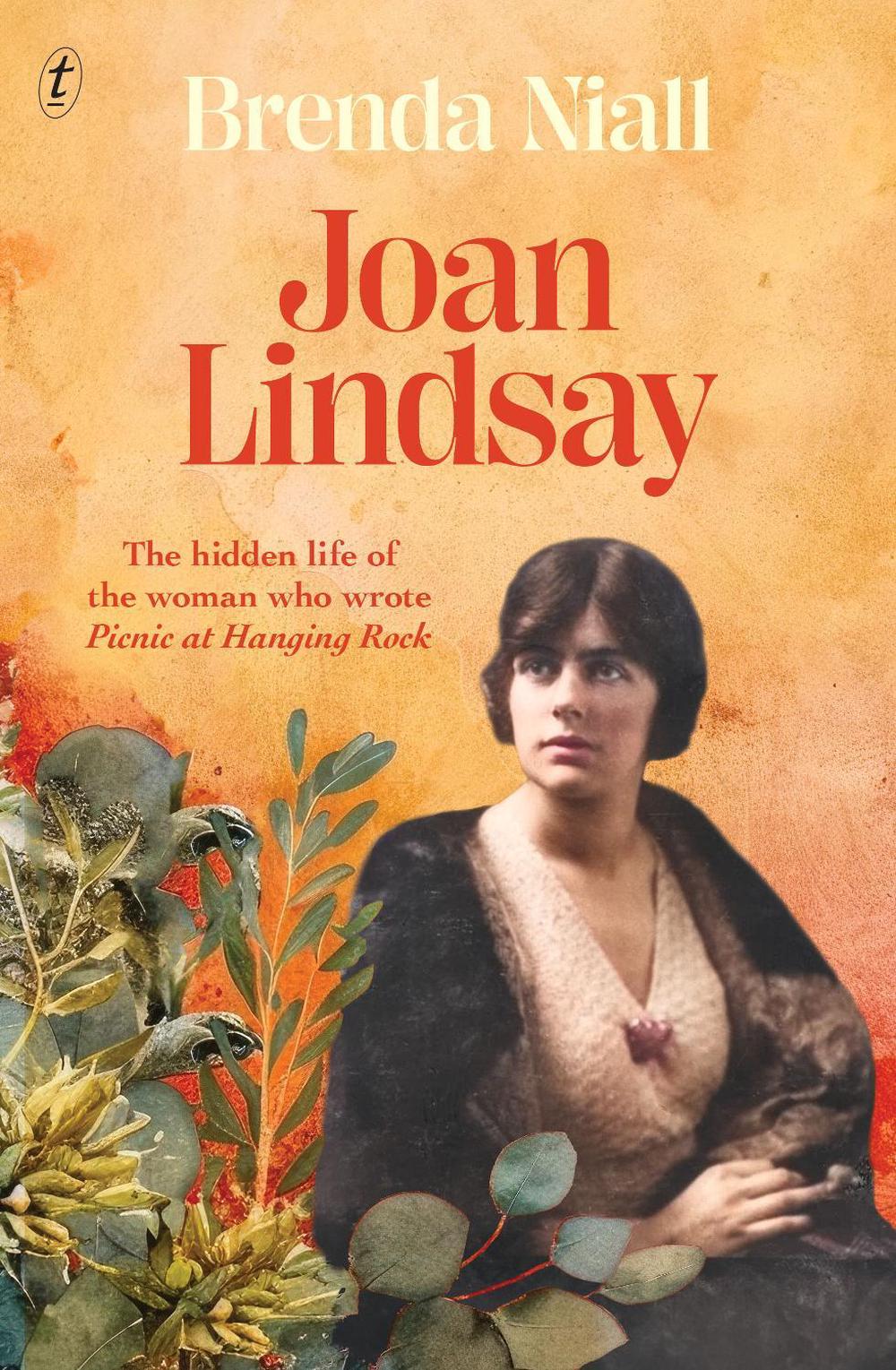In this episode of Biographers in Conversation, Australia’s doyenne of biography, Brenda Niall AO, chats with Dr Gabriella Kelly-Davies about her choices while crafting: Joan Lindsay: The Hidden Life of the Woman Who Wrote Picnic at Hanging Rock.
Joan Lindsay
Joan Lindsay was an author and artist who mystified readers around the world with her evocative novel Picnic at Hanging Rock. The book shares the story of the mysterious disappearance of schoolgirls and their teacher in 1900 during a Valentine’s Day picnic at Hanging Rock, an eerie former volcano and geological formation in central Victoria in Australia.
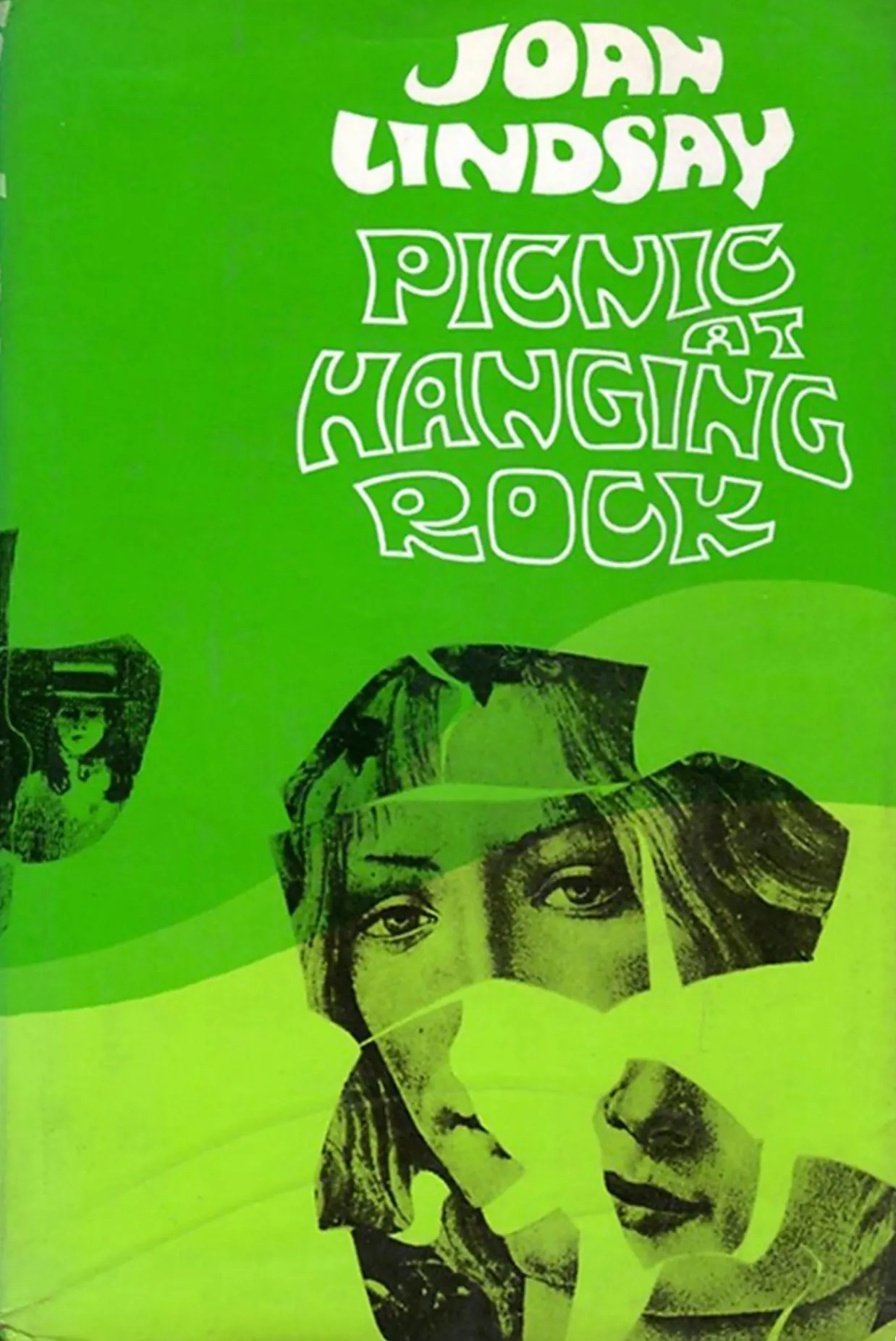
First Edition Cover, 1967
Although the events depicted in the novel are entirely fictional, Joan Lindsay framed it as a true story. Literary critics view Picnic at Hanging Rock as one of Australia’s most exceptional novels. Its blend of historical fiction and supernatural elements captivated readers and left them questioning what was real and what was imagined. Ethereal and puzzling, Picnic at Hanging Rock has been haunting our imaginations for over half a century.
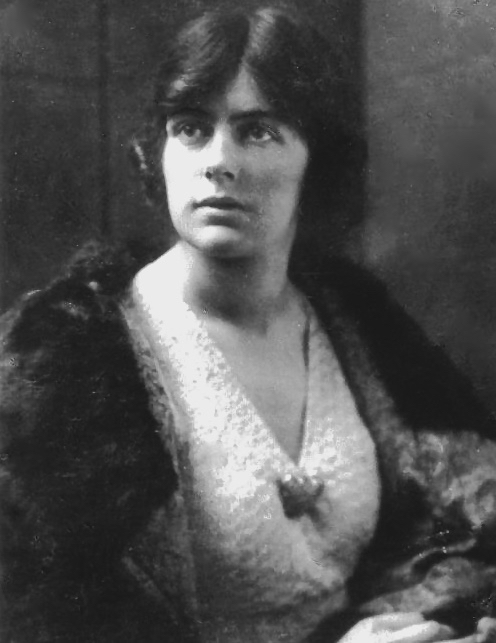
Joan Lindsay, 1920
Joan Lindsay, who was married to the painter, art entrepreneur and National Gallery of Victoria director, Daryl Lindsay, sacrificed her own artistic talent in deference to her husband, as was the order of the day. She painted landscapes with skill but gave it up and wrote plays and novels of little merit. Joan also took routine journalism commissions for much-needed funds to cover household expenses.
Joan happily played hostess to guests at Mulberry Hill, the Lindsay country house on the Mornington Peninsula. Her guests included Dame Nellie Melba, Robert Helpmann, Laurence Olivier and Vivien Leigh, as well as Keith and Elisabeth Murdoch and Robert Menzies – all the while giving no indication of the literary brilliance that would emerge late in her life.
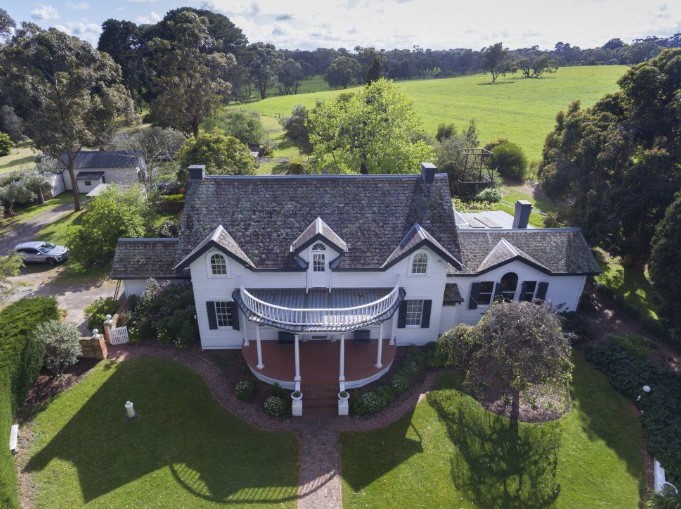
Mulberry Hill
Joan and Daryl Lindsay’s home on the Mornington Peninsula
National Trust
There were clues, though, as Brenda Niall reveals in Joan Lindsay, The Hidden Life of the Woman Who Wrote Picnic at Hanging Rock. Joan’s unconventional attitude towards time – she allowed no clocks in the house and never wore a watch – and her deep reverence for the Australian landscape hint at the mystical centre of her masterpiece.
Was Joan really the dutiful wife, or was she patiently waiting her chance? Was Picnic at Hanging Rock a burst of creativity in response to a life held in check? Or did something happen behind the carefully curated scenes that gave rise to her extraordinary novel? Joan Lindsay explores these questions and much more in an engaging and surprising portrait of a fascinating Australian author.
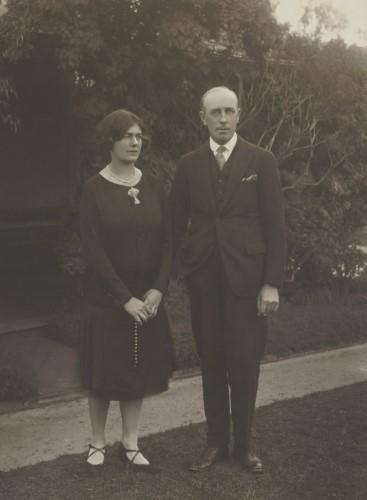
Sir Daryl and Lady Joan Lindsay, 1925
State Library of Victoria
In the biography, Brenda reveals the complex interplay between Joan’s formative experiences and her literary creations. During the early and mid-twentieth century, women were mostly invisible in the historical record. Yet Brenda Niall’s exhaustive research, which discloses hidden truths and offers deep insights into Joan’s psychological, emotional and intellectual lives, shines through in every page of Joan Lindsay. The narrative also reflects Brenda’s exceptional understanding of Australian literary history.
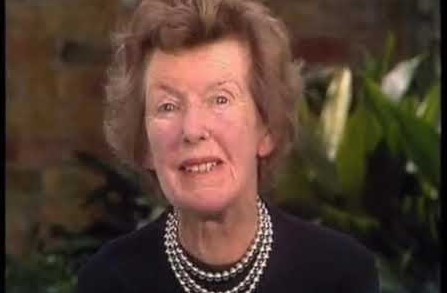
Interview with Joan Lindsay, author of Picnic at Hanging Rock,
1973
The Eldritch Archives
After the prologue, Brenda takes readers on a journey through Joan’s life, starting with the first chapter titled, ‘A Third Daughter’, which describes how as the third daughter rather than the longed-for first son, Joan felt unloved and sidelined in her family.
Next is a chapter about Joan’s intense passion for the National Gallery’s Drawing School where she met the artist Daryl Lindsay, whom she later married. Chapter Three, titled ‘The Sixth Son’, introduces us to the bohemian, artistic Lindsay family, who sharply contrasted with Joan’s conservative, wealthy, upper middle-class family. From then on, the biography follows Joan and Daryl through their life together, with flashbacks to formative experiences in Joan’s childhood and early life.
Joan Lindsay closes with an uplifting chapter titled ‘Joan’s Time to Shine’, which describes the phenomenal success of Picnic at Hanging Rock and how, to Joan’s astonishment, it captured the public’s imagination around the world. It also chronicled Joan’s triumph when the now famous film director Peter Weir converted the novel into an international box office hit.
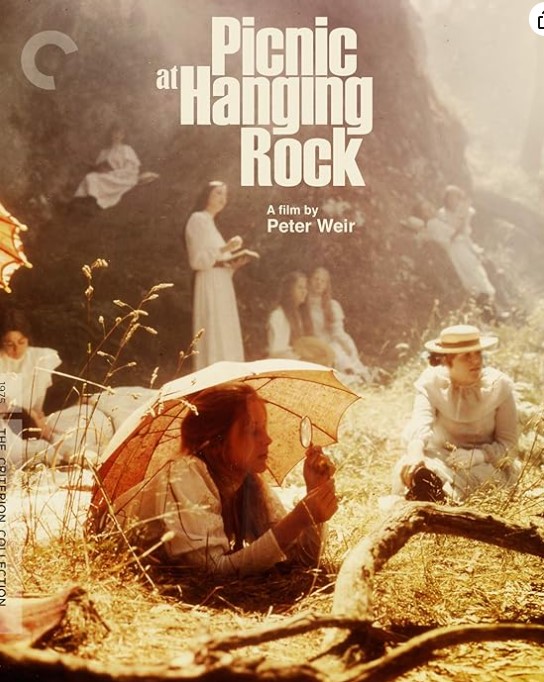
‘Picnic at Hanging Rock’
A Film by Peter Weir
Brenda Niall presents deep insights into Picnic at Hanging Rock’s symbolism, themes and stylistic techniques. Throughout Joan Lindsay, she peppered the narrative with clues about the possible genesis of characters and events in the novel. Just a few examples are the possibility that two of the characters in the novel are based on Joan’s school friends Marion and Leslie.
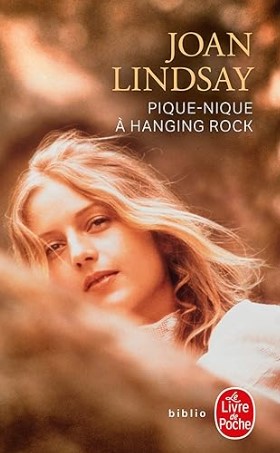
French Edition
Another hint is Joan’s delight during her childhood when elegant gilt-lettered Valentine’s Day cards edged with white paper-lace arrived from unnamed lovers every year. Others are her fascination with Frederick McCubbin’s paintings ‘The Lost Child’ and ‘Lost’ and William Ford’s painting, ‘At the Hanging Rock’, which hung in Daryl’s office at the National Gallery of Victoria.
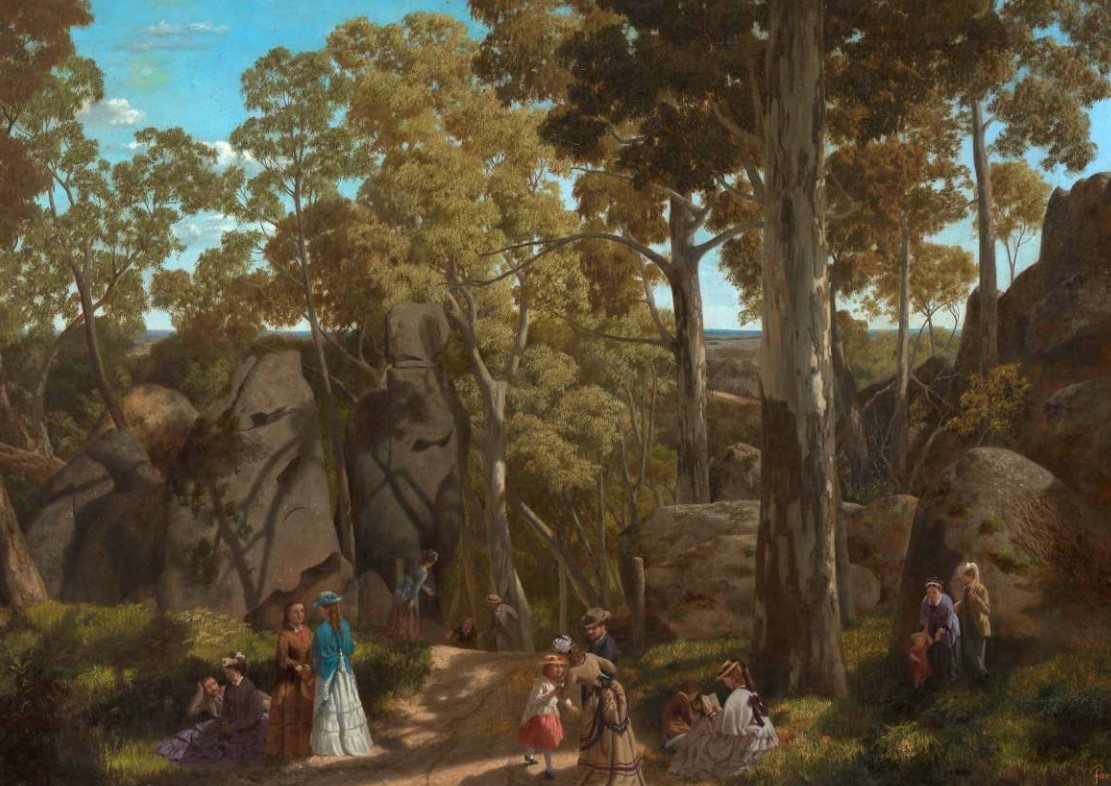
William Ford
‘At the Hanging Rock’, 1875
National Gallery of Victoria
Brenda Niall displays a remarkable ability to delve into Joan’s inner world, her motivations and desires. Her psychological acuity enabled her to illuminate the complexities of Joan’s personality and understand the forces that shaped her life.
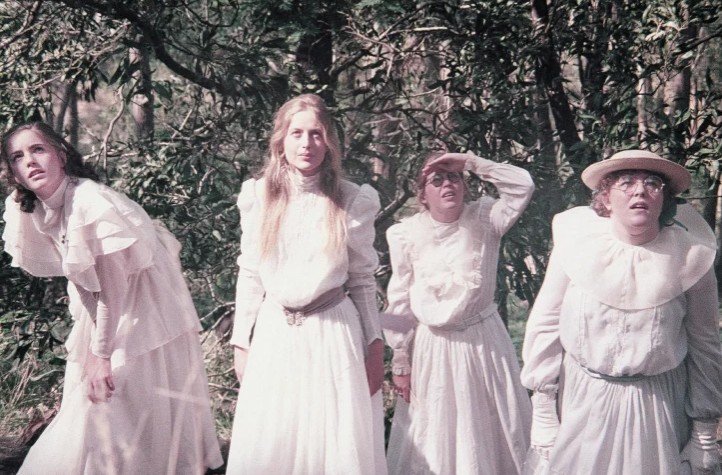
A scene from the 1975 film adaptation of Picnic at Hanging Rock
This biography challenges long-held assumptions about Joan, painting a deeply nuanced portrait of a woman whose public persona often masked a private world of complexity and contradiction. Brenda also illustrates how Picnic at Hanging Rock’s famous author is as much an enigma as the disappearance of the fictitious schoolgirls and their teacher over a century ago.
The Role of a Biographer
Praise for Joan Lindsay: The Hidden Life of the Woman Who Wrote Picnic at Hanging Rock
For such an eminent, thoughtful, and attentive biographer, there remains one question. What is a human life? ‘It’s what you make from the circumstances in which you find yourself,’ Niall says. ‘It’s what you create.’
Michael McGirr
Sydney Morning Herald
When it comes to biography, Brenda Niall is indefatigable.
Jason Steger
Age
Brenda Niall is one of Australia’s premier literary biographers and in Joan Lindsay: The Hidden Life of The Woman Who Wrote Picnic at Hanging Rock she’s at her best, bringing Lindsay further to life and further illuminating her seminal work.
Michael Williams
QANTAS Magazine
Brenda Niall is one of Australia’s best biographers and her new book, Joan Lindsay, is about the writer behind one of Australia’s most compelling works of fiction, Picnic at Hanging Rock. For most of her life, Joan was the wife of a more famous man, Daryl Lindsay, sacrificing her artistic talent for his own artistic career. Niall explores the enigmatic life of Joan, and what lay behind her captivating novel that has endured so successfully.
Fairfield Books
The great pleasure of this new biography…is to share with Niall and Lindsay the author’s delight in her late success and her new identity as a writer. The scenes during which Picnic at Hanging Rock was filmed at Lindsay’s home, the closing chapters of the biography, are joyful and exuberant.
Guardian
Niall, one of Australia’s most distinguished literary historians, is scrupulous in her acknowledgment of the limits of the record on Lindsay’s childlessness and her husband’s suspected infidelities.
Catriona Menzies-Pike
Guardian
This deep dive into Joan’s life is simply fascinating.
New Idea
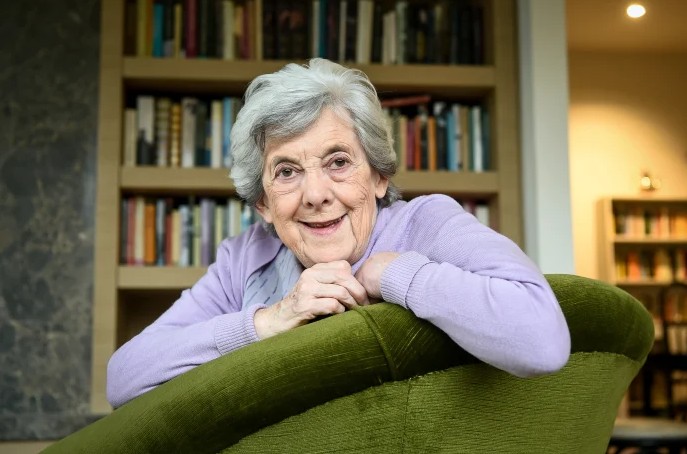
Brenda 2020
Joan Lindsay: Interviews and Media Coverage
Joan Lindsay by Brenda Niall Review: ‘A poignant biography of the Picnic at Hanging Rock Author’, Catriona Menzies-Pike, Guardian.
‘At 94, Brenda Niall talks history, creativity and the meaning of life’, Michael McGirr, Sydney Morning Herald
‘More than a ‘nice little job’: Brenda Niall’s career in academia’, Australian Academy of the Humanities, May 2024.
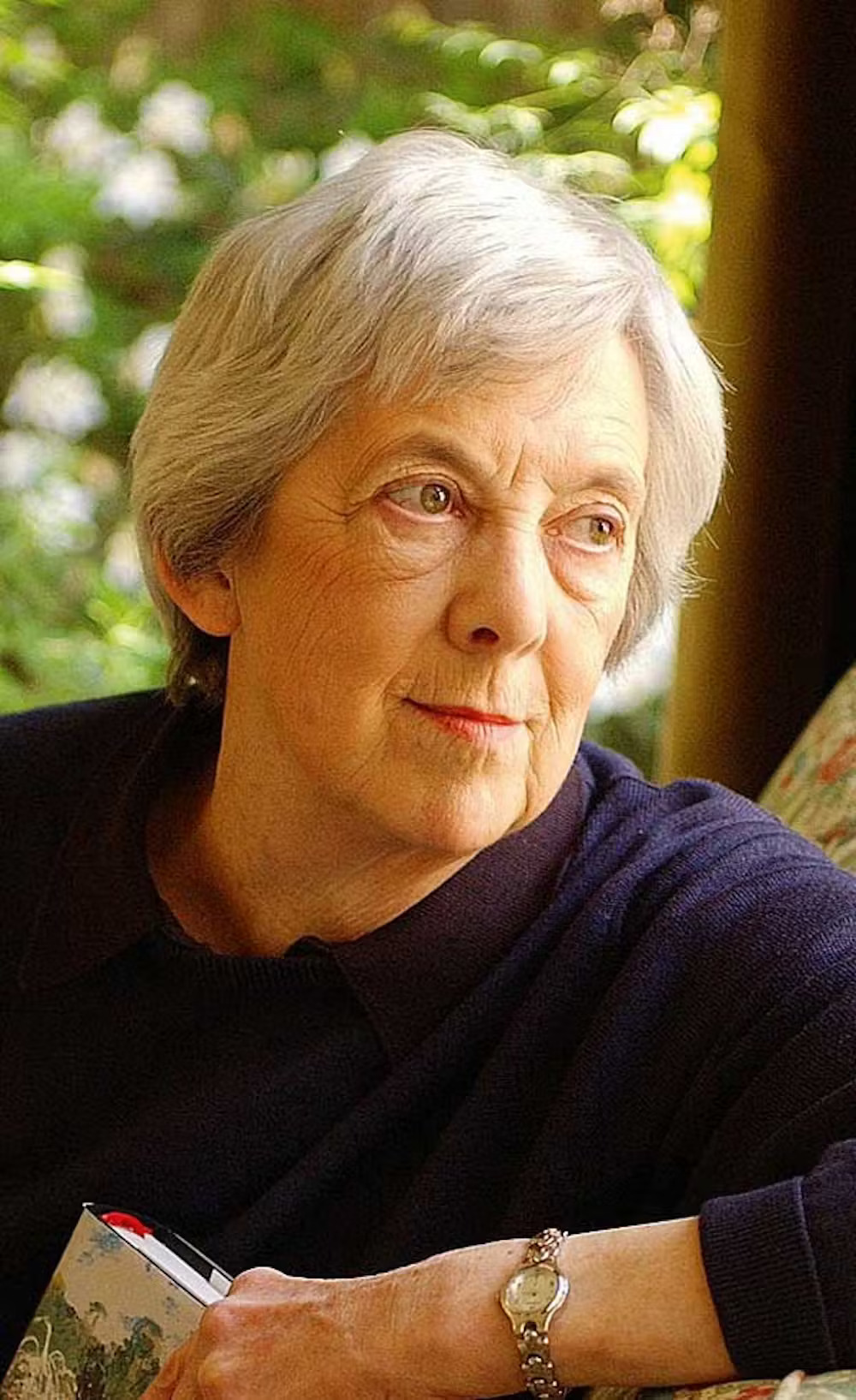
About Brenda Niall AO
Brenda Niall AO is one of Australia’s foremost biographers. She is the author of several award-winning biographies, including her acclaimed accounts of the Boyd family and her portrait of the Durack sisters, True North. In 2016, she won the Australian Literature Society’s Gold Medal and the National Biography Award for Mannix, the biography of Daniel Mannix, who was Archbishop of Melbourne for 46 years during the twentieth century.
In 2004, Brenda was awarded the Order of Australia for ‘services to Australian literature, as an academic, biographer and literary critic’.




